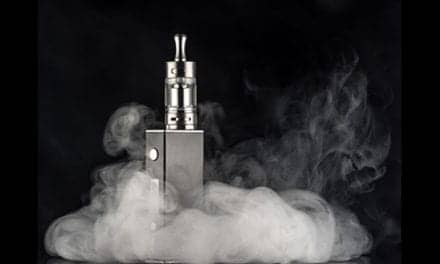The implementing of smoke-free policies in public housing was linked to a 20% reduction in indoor secondhand smoke exposure to nonsmokers.
The study, in the CDC journal Preventing Chronic Disease, is one of the first in the U.S. to examine the impact of smoke-free policies in public housing, and the publication comes as federal officials are finalizing plans to ban smoking in all public housing across the nation.
Under a plan proposed by the US Department of Housing and Urban Development (HUD), more than 3,100 public housing agencies across the country will be required to implement smoke-free policies within 18 months of adoption of the final rule.
In Minnesota, some two-thirds of affordable housing properties have already gone smoke-free under the Statewide Health Improvement Program, researcher John Kingsbury, PhD, of the Minnesota Health Department, told MedPage Today.
Kingsbury said the proposed HUD plan provided the impetus for the study: “Low-income populations are more likely to smoke and more likely to be exposed to secondhand smoke. Access to quality housing is important, and smoke-free housing is an important component of that. Given that these policies are being implemented on a national level, we thought it was important to look at the potential effects.”










